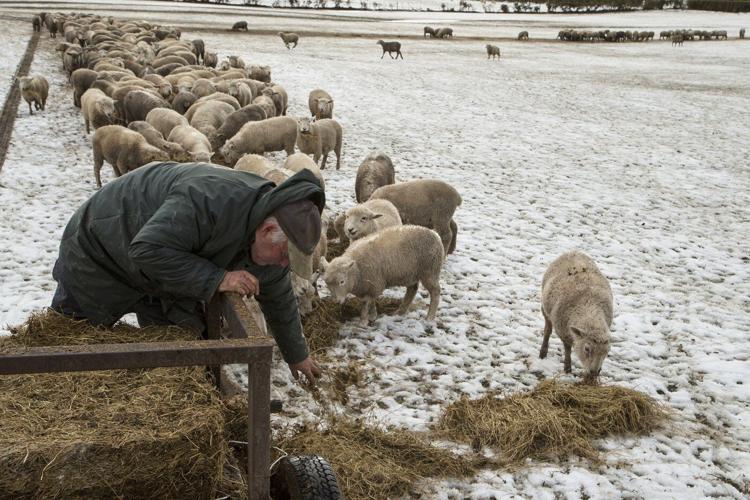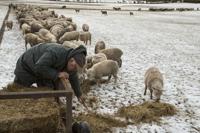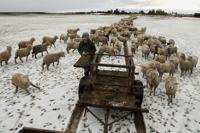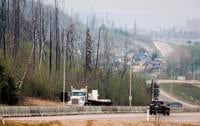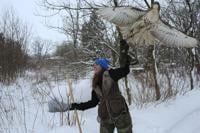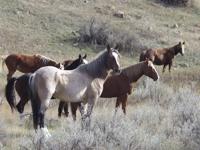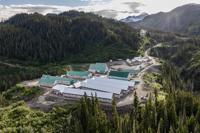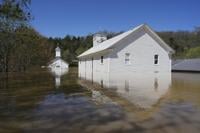WELLINGTON, New Zealand (AP) — The vast number of sheep in New Zealand relative to the country’s scant human population has long been the subject of jokes aimed at New Zealanders abroad. It’s true: The country is one of a handful in the world that’s still home to more sheep than people.
But humans are catching up, according to new figures released Tuesday. With a population of 23.6 million sheep and 5.3 million people, there are about 4.5 sheep for each New Zealander, government statistics agency data showed.
That’s down from 22 sheep per person in 1982, when farming sheep for meat and wool was New Zealand’s biggest earner. Now, years of falling wool prices prompted by a global shift to synthetic fibers have led farmers to change what they do with their land, the sector’s biggest lobby group said.
A shrinking flock
By land area, New Zealand is about the size of the United Kingdom, but it has a human population 13 times smaller than the U.K. That means there’s plenty of room for sheep.
For close to 150 years, the sheep industry was the backbone of New Zealand’s economy and numbers boomed — peaking in 1982 when there were more than 70 million sheep and just 3.2 million people. Before “Lord of the Rings” brought to the country, images of green fields filled with placid sheep against backdrops of snow-capped mountains dominated the country’s marketing abroad.
But over years of decline for global wool prices since — and despite recent rallies — the national flock has steadily diminished. Now dairy holds the biggest share of New Zealand’s agriculture and horticulture-dominant export market.
Farmers try something new
In 2023, Stats NZ, a government agency, said New Zealand in 2022 dipped below five sheep per person for the first time. The national flock had lost a million more sheep in Tuesday’s figures, which recorded livestock numbers as of June 2024.
Toby Williams, a spokesperson for sector lobby group Federated Farmers, said sheep farmers have switched to more lucrative pursuits — dairy, or the conversion of land from farming to pine forestry .
“If I’m really honest, the wool industry is almost at that tipping point, if not already there, of not having a wool industry anymore,” he said.
Measures to bolster wool
The government has drawn up measures intended to slow the decline, including an announcement in 2024 that they will place limits on the scale of farmland that can be converted to carbon forestry.
New government procurement guidelines launched in April urge the use of New Zealand wool products — such as carpets and insulation — in newly constructed or refurbished public buildings. But those measures are not expected to halt declining sheep numbers.
Some sheep-farming countries are recording similar trends. New Zealand’s closest neighbor Australia — the source of most of the sheep jokes about New Zealanders — is also home to more sheep than people, but the national flock is shrinking there too.
The gap is slimmer: There are about three sheep per Australian.

